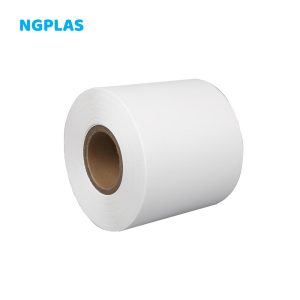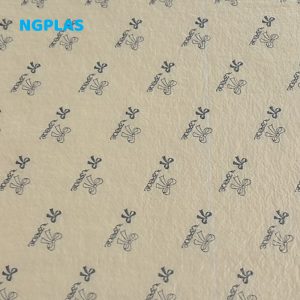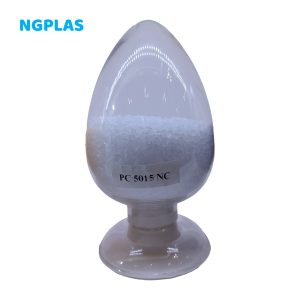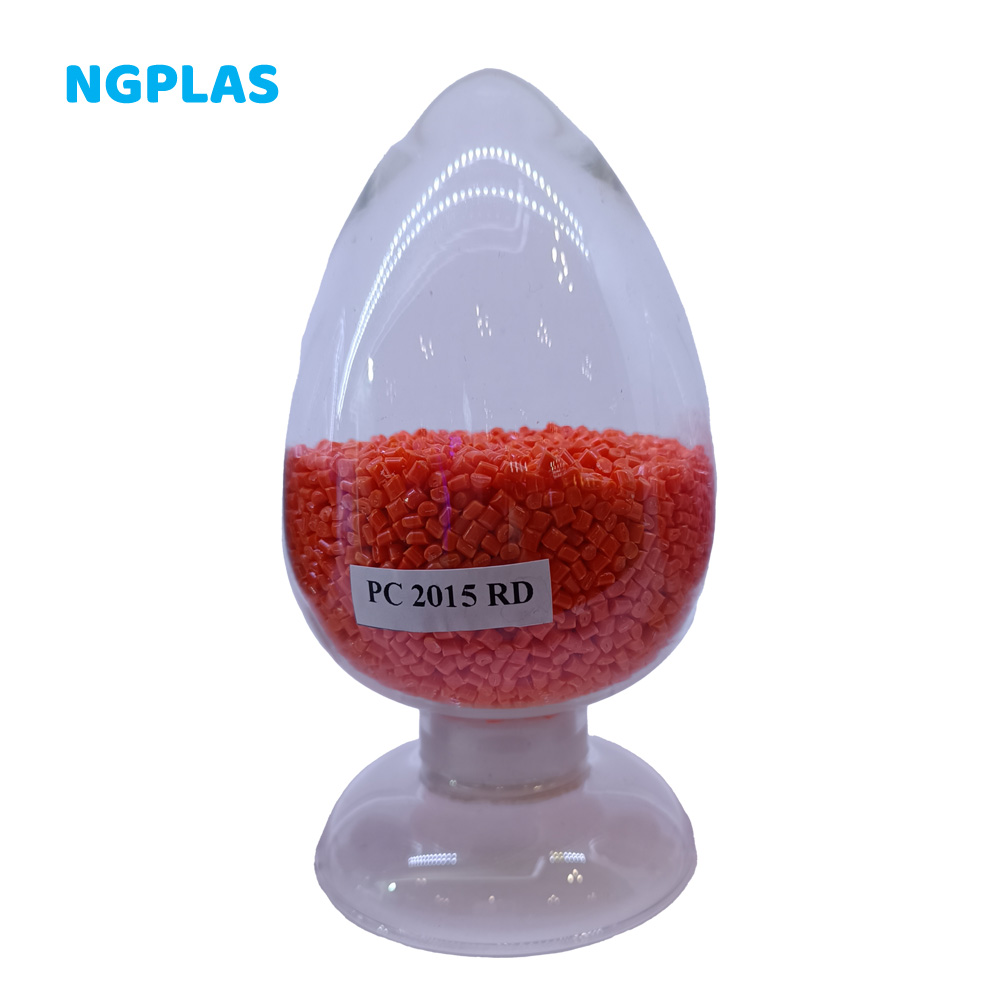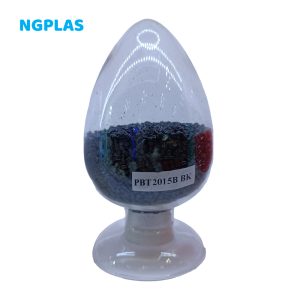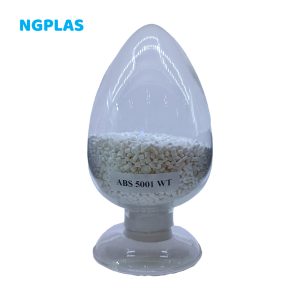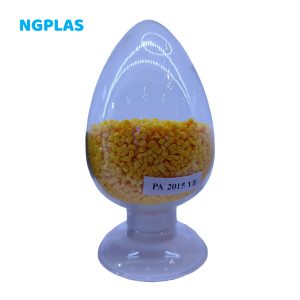Polycarbonate modification refers to chemical modification or physical blending of the basic polycarbonate (PC) to improve its original properties and make it more suitable for specific application scenarios. Modified PC has excellent impact strength, dimensional stability, electrical insulation and weather resistance, but has limitations in some properties, such as scratch resistance, solvent resistance, processing fluidity, etc. Through modification, these limitations can be overcome and specific properties can be enhanced or added.
Modification Methods:
Reinforcement modification: Add reinforcing materials to plastics to improve plastic properties, especially mechanical properties can be doubled.
Filling modification: Add solid fillers to the plastic matrix to reduce costs or change certain properties of the plastic. For example, adding fillers can improve the bending strength and heat resistance of the material. Toughening modification: Improve the toughness of the material by adding toughening agents.
Flame retardant modification: Add flame retardants to improve the flame retardant properties of the material.
Alloy modification: Alloying with other materials such as ABS, PBT, etc. to improve comprehensive performance.
APPLICATION:
Modified PC is widely used in automobiles, building materials, packaging, lighting and other fields. In the automotive field, modified PC is mainly used for automotive lighting systems, interior and exterior decoration, parts, etc. For example, PC/ABS alloy is used to manufacture parts around the automotive dashboard, antifreeze plates, door handles, drain plates, brackets, steering column covers, decorative panels, air conditioning system accessories, etc. PC/PET alloy can be used to make automobile exhaust ports and license plate covers.
| Item | Testing Standard | Testing Condition | Unit | PC/ABS-1U | PC/ABS-4U | HT-731-1U | HT-732-4U | HT-733 |
| Tensile Stress | GB 1040 | 50mm/min | MPa | 55 | 55 | 50 | 50 | 95 |
| Tensile Strain | GB 1040 | 50mm/min | % | 12 | 12 | 12 | 12 | 4 |
| Flexural Strength | GB 9341 | 2mm/min | MPa | 75 | 75 | 80 | 80 | 150 |
| Flexural Modulus | GB 9341 | 2mm/min | MPa | 2500 | 2500 | 2600 | 2600 | 7300 |
| Impact Strength | GB 1043 | 2mm Gap | KJ/m² | 60 | 55 | 80 | 6 | 9 |
| Density | GB 1033 | 20℃ | g/cm³ | 1.21 | 1.21 | 1.25 | 1.25 | 1.5 |
| Melt Flow Index | GB 3682 | 300℃/1.2KGS | g/10min | 18 | 18 | 9 | 9 | 9 |
| Molding Shrinkage | ASTM D966 | 60*60mm | % | 0.3 – 0.5 | 0.3 – 0.5 | 0.2 – 0.5 | 0.2 – 0.5 | 0.2 – 0.4 |
| HDT | GB 1634 | 0.45MPa | ℃ | 95 | 95 | 135 | 135 | 145 |
| Flammability | UL94 | 3.2mm | / | V0 | V0 | V0 | V0 | V0 |
| Surface Resistivity | GB 1410 | Ω | >1*1013 | >1*1014 | >1*1015 | >1*1015 | >1*1015 |

